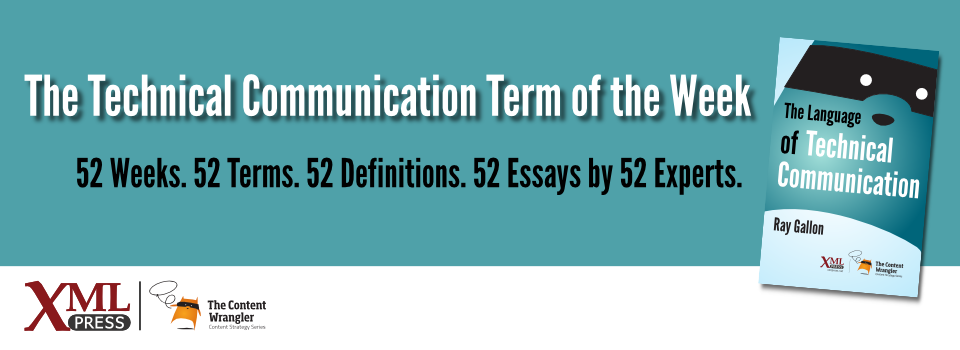What is it?
The process of analyzing learner needs in alignment with desired learning outcomes, followed by the development of learning environments through the management of content, interaction, and assessment in support of those learning outcomes.
Why is it important?
Instructional design drives the development of quality learning experiences, addressing how information is imparted to the learner, how the learner interacts with that content, and to what extent desired goals and outcomes have been met.
...continue reading "Term of the Week: Instructional Design"
